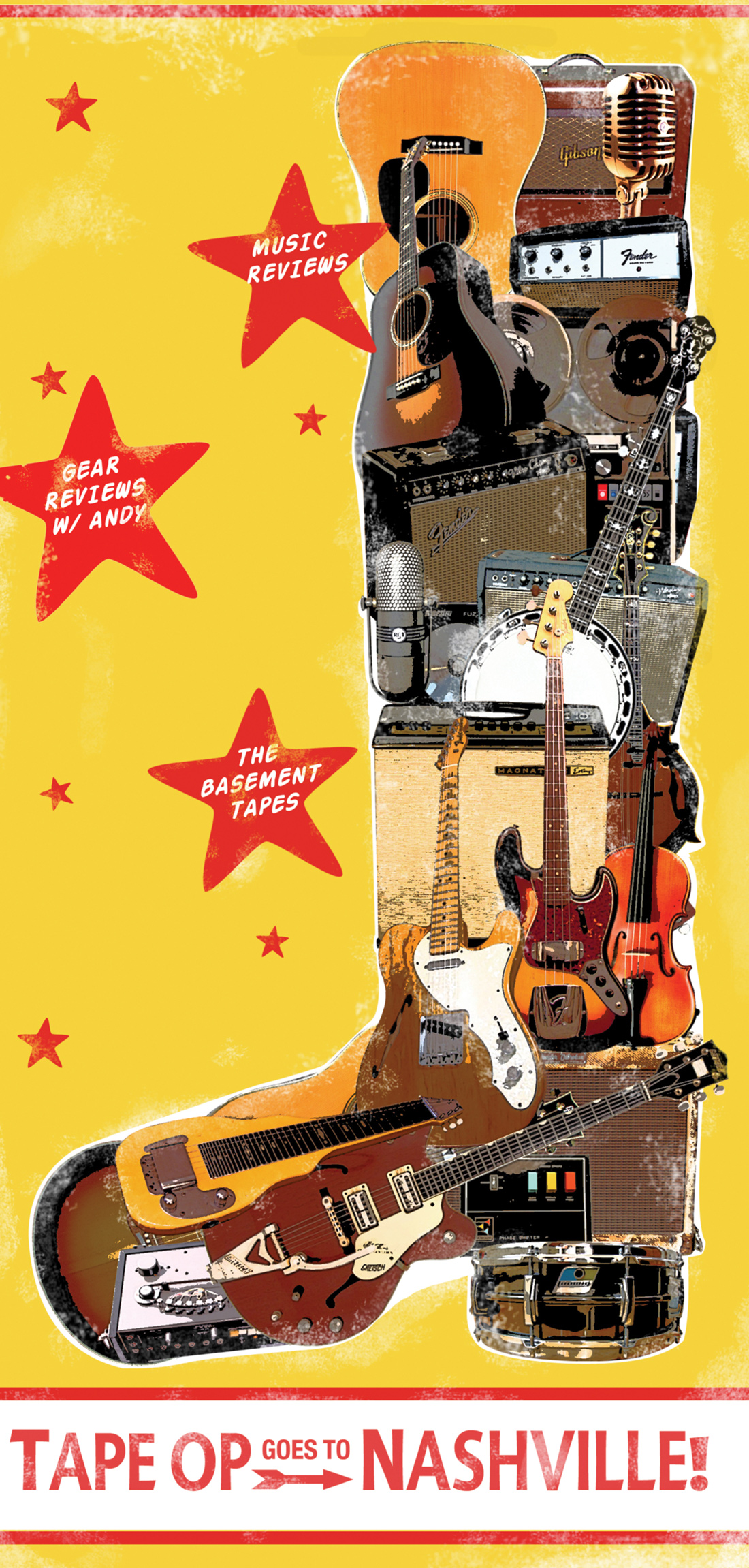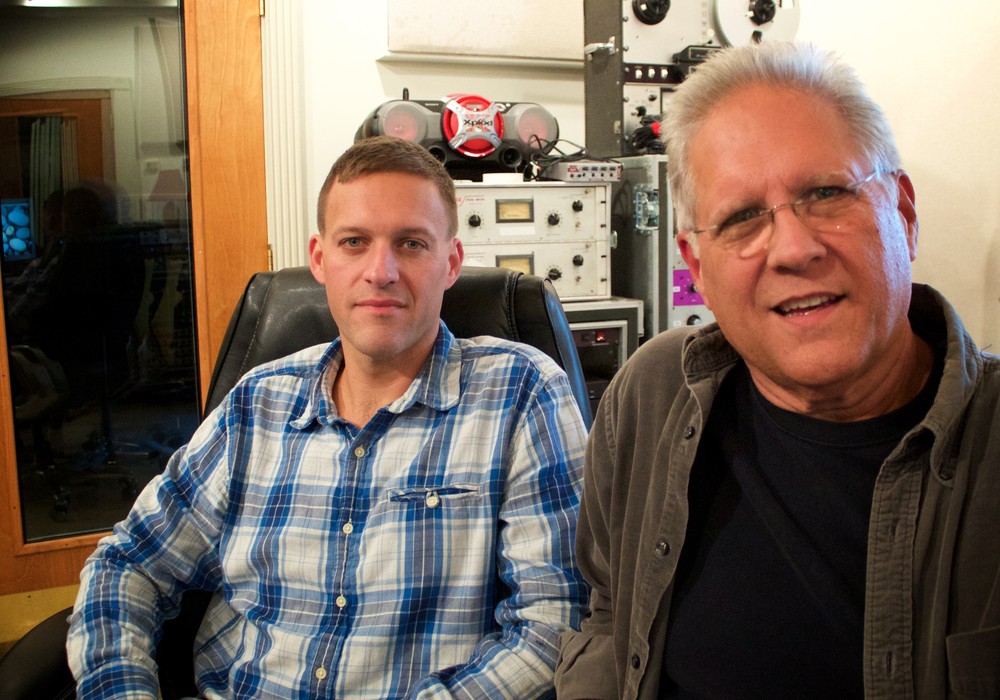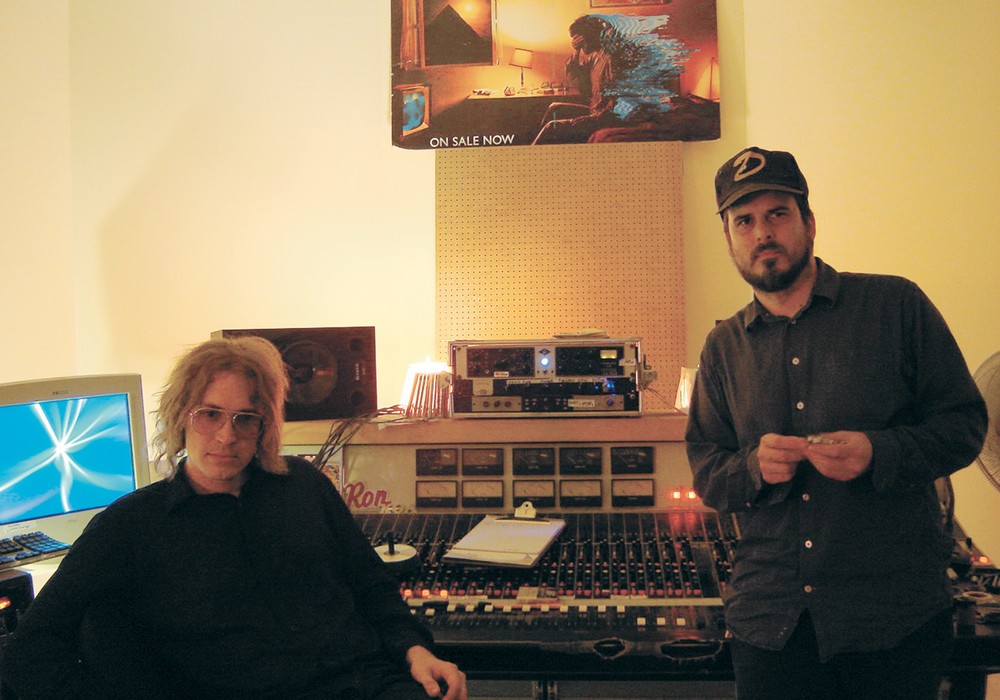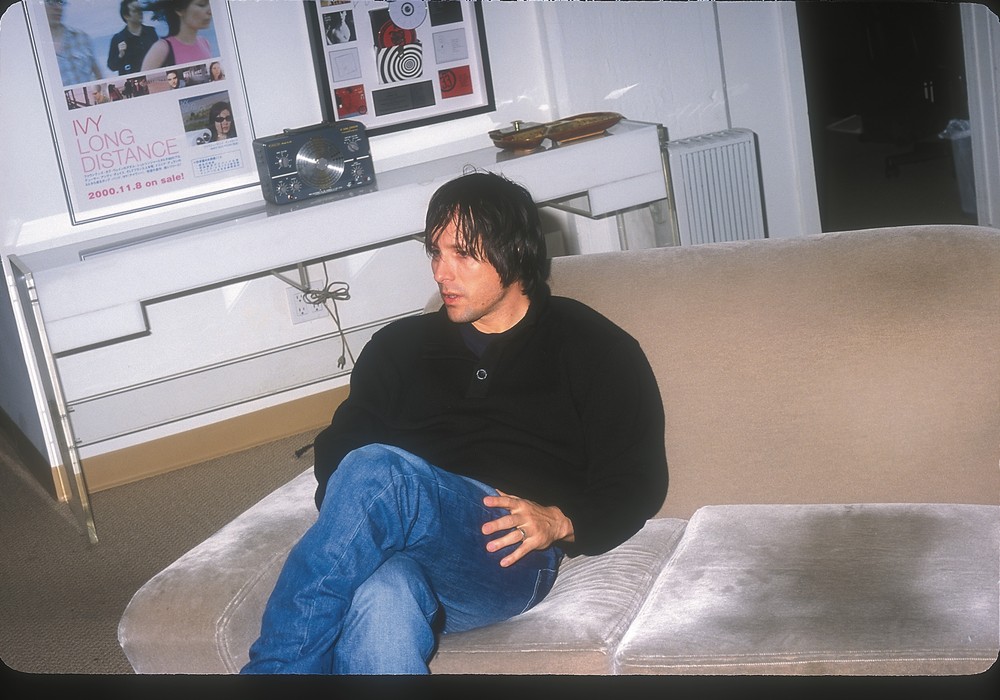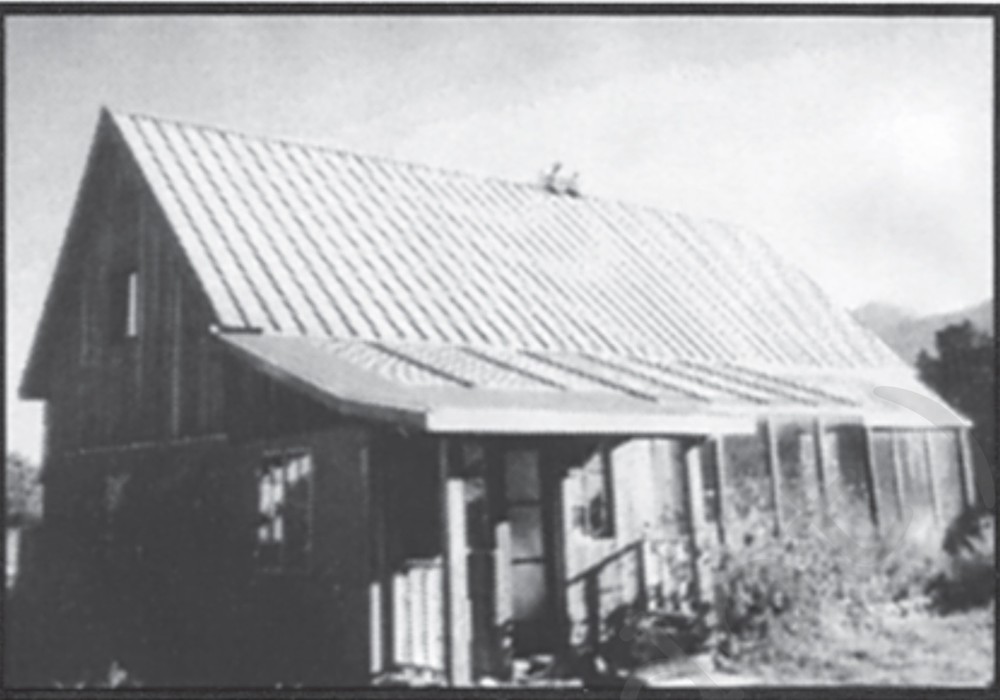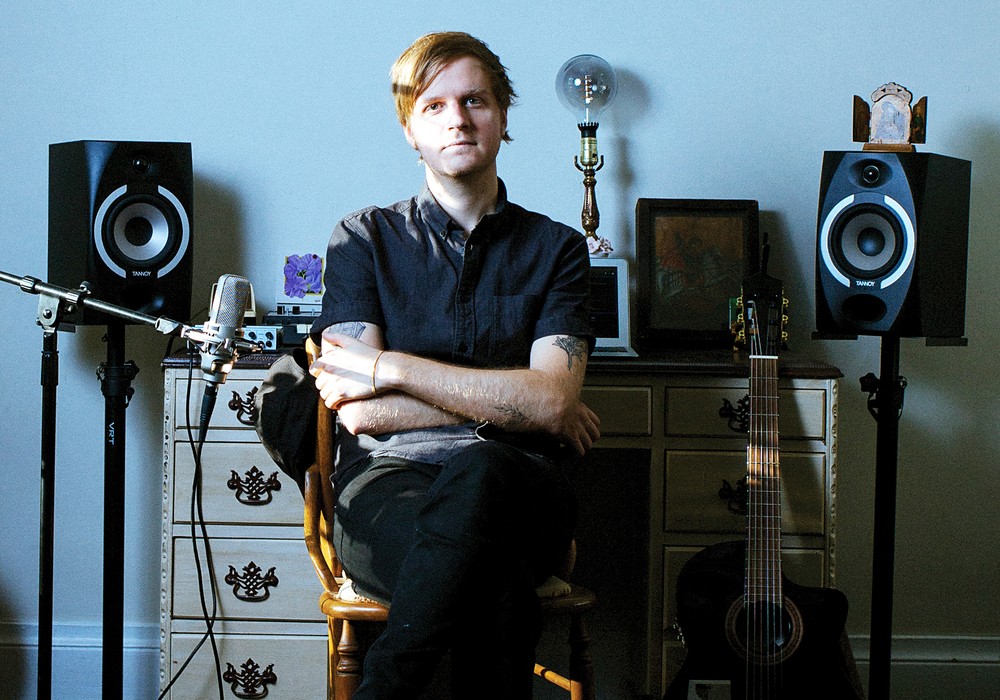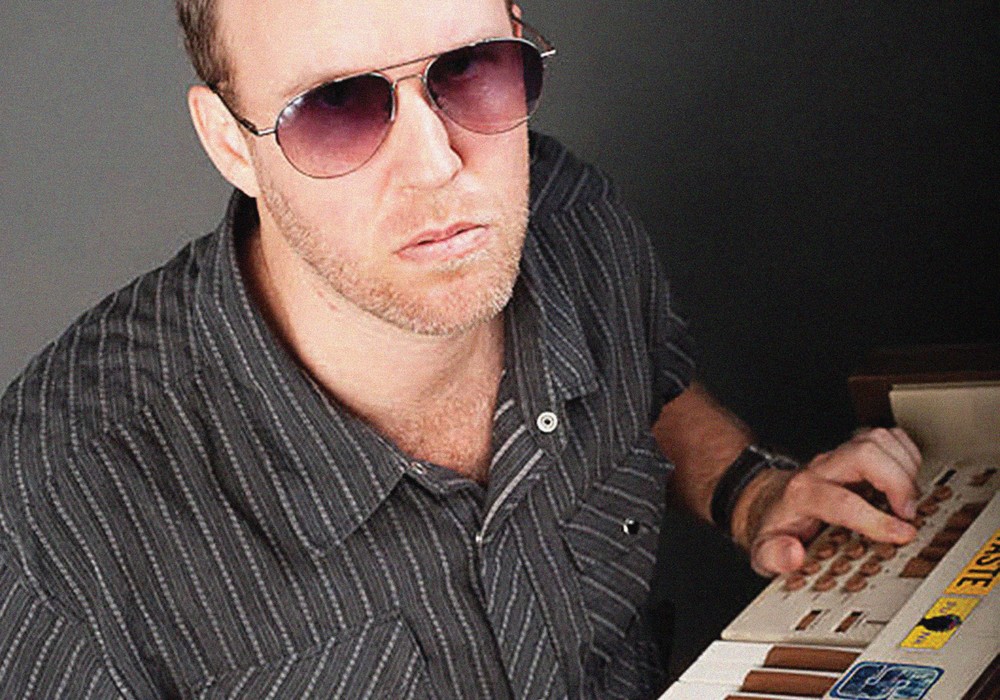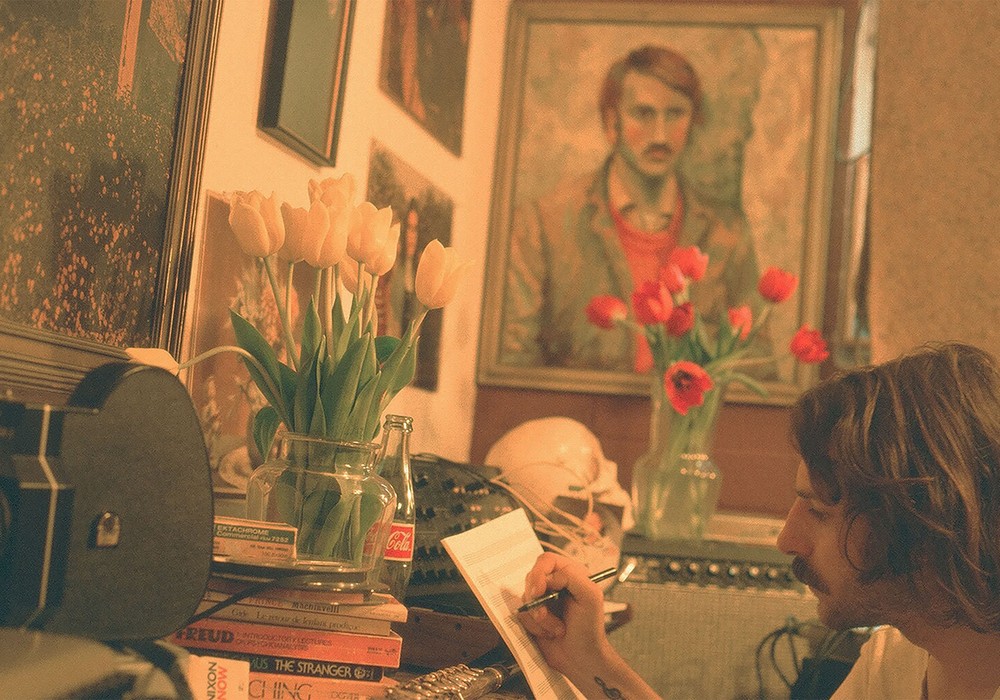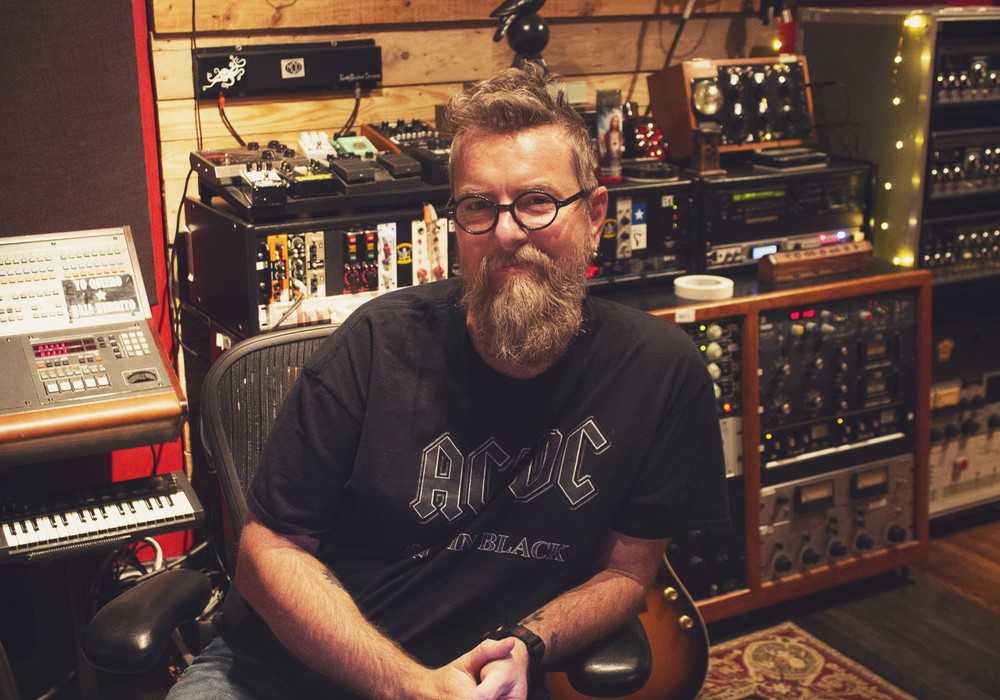Kyle Lehning's recording and production career is one to be reckoned with, featuring artists like Waylon Jennings, Randy Travis, England Dan & John Ford Coley, Kenny Rogers, and George Jones, plus a stint running Asylum Records in Nashville. His son, Jason Lehning, caught the bug early on and has worked steadily as an engineer, producer, musician, and songwriter. I caught up with the two of them at Kyle's studio, The Compound, located behind his home in Nashville. You couldn't ask to hang out with nicer folks, and the amount of experience they bring to the table is staggering.
When did you build this studio we're in right now?
KL: Well, around 2000, my partner and I decided we'd move in together. She started looking for some place we might want to do that. I had been living as a bachelor in a house where the studio was the master bedroom and I lived in the guest room.
JL: All the overdubs on anything he was making for Asylum Records happened there.
KL: When we decided that we wanted to find a place, she said, "Look, you've got to find something where we can live in a house together, but you can also have your studio." I figured we'd never find anything like that in this neighborhood. We wanted to live near here in Green Hills. I think it took her a couple weeks and she found this house. Ironically it was owned by Garry Tallent; Bruce Springsteen's bass player. Garry had bought the house but had never actually moved in. It came back on the market, and a realtor friend of ours found the house and called me.
Was the back building already built?
KL: Every structure was already here, except that the room you're in right now was part of a nine car garage. It's three bays wide and three bays deep. On the other side of that wall [the back of the control room] is a three-car garage. I took the back two-thirds. When we found the house, Jason and I took a couple of lawn chairs and sat in here with a six-pack of beer, sipped, and just sat here.
JL: Yeah, I think we sat at the mixing position!
Was there the window looking outside?
KL: Yeah, that was there. I knew that needed to stay. We would sort of brainstorm how to divvy up the space. I think we had a guy come and do a drawing. We didn't like it. I felt like I wanted a really big, comfortable control room. I expected us to just mostly mix and do overdubs here. I wasn't trying to figure out how to track in the space. Plus I didn't want to have all that traffic in and out. Ironically, I ended up doing a fair amount of tracking in here, just because the times have demanded that you find ways to do things less expensive.
I always tell people that no matter how small you build it, you'll end up recording drums in it.
KL: Yeah, you're absolutely right. Drums go in a booth over there, but that booth has a door that opens into the garage, so we mic the garage.
JL: It sounds really good.
KL: It works great. It's cool because you can turn the garage mics off and get this '70s, compressed kind of tight sound, but then you open up the garage mics and you've got this big splash business going on. It works. There's a booth there that we can put guitars or whatever in. It works.
That's cool. How many years has this been going?
KL: We moved here in 2000, so 15 years.
There's a machine room next door, and you have another studio in the corner?
JL: Yeah. That was a guest room. We had a drum kit, and I think the organ was in there.
KL: I have a jazz group that plays, like a really bad Jimmy Smith kind of thing. We'd rehearse in that bedroom.
JL: I had a room on Music Row that I could do overdubs in, but any time I wanted to mix or do anything more serious, I would come here and rent this room. At some point, I was here all the time, and the room on the Row was just collecting dust. We moved a small system into that other room for one particular record that I needed somebody to be editing on while we were doing overdubs in here. That felt so good that at some point I just moved out of the place on the Row and into there. That's still kind of evolving, but I've gotten it now so I...
